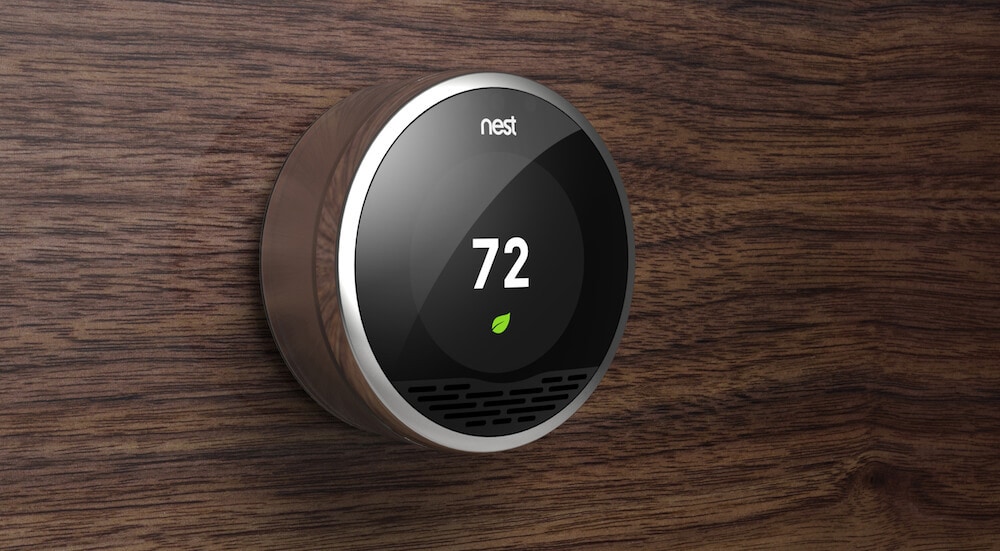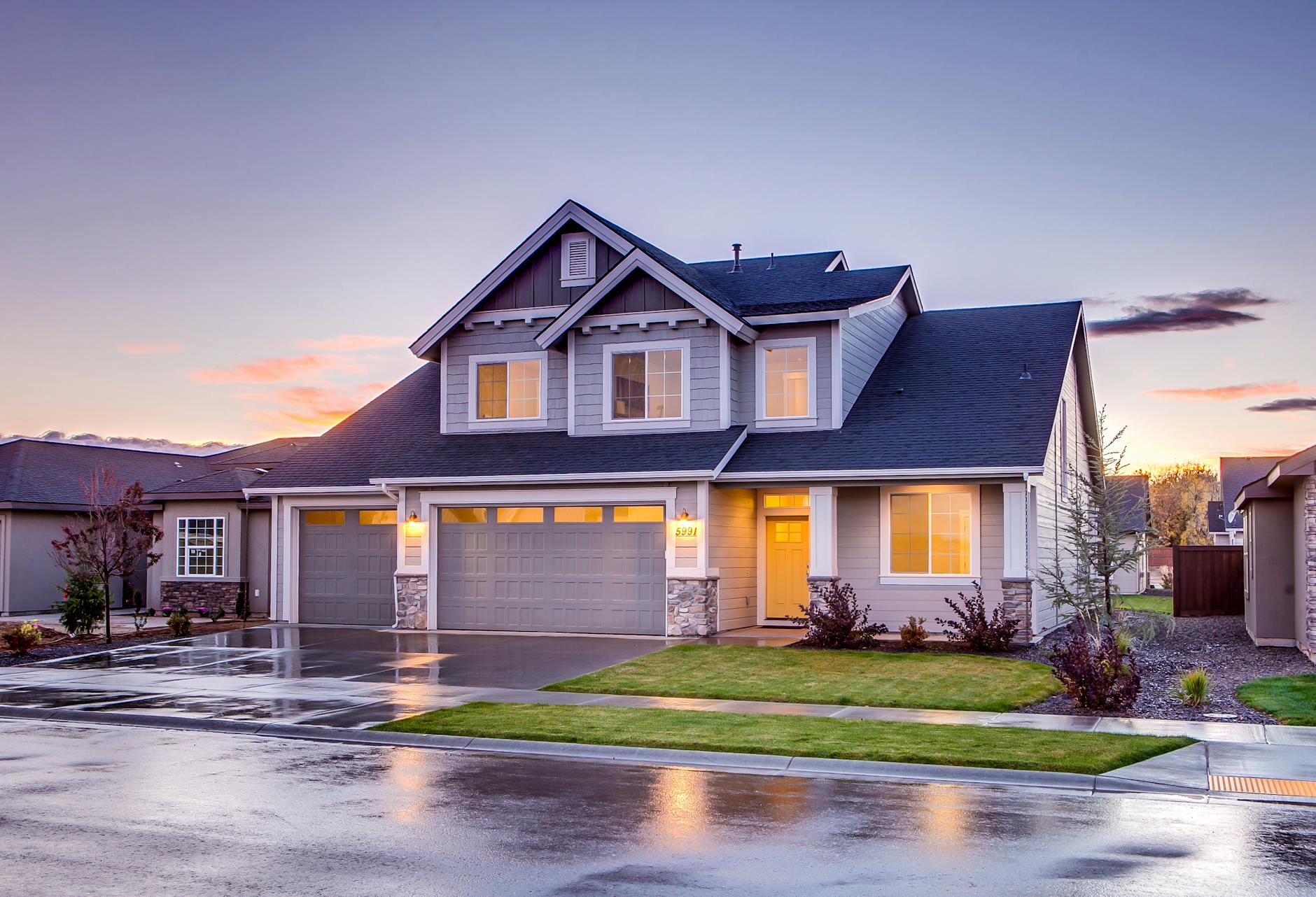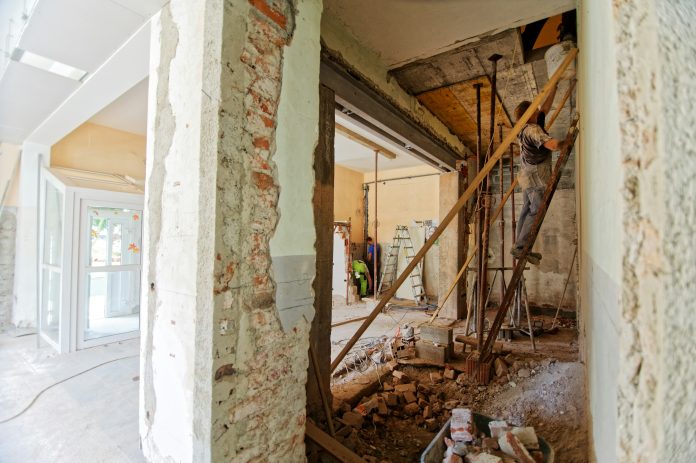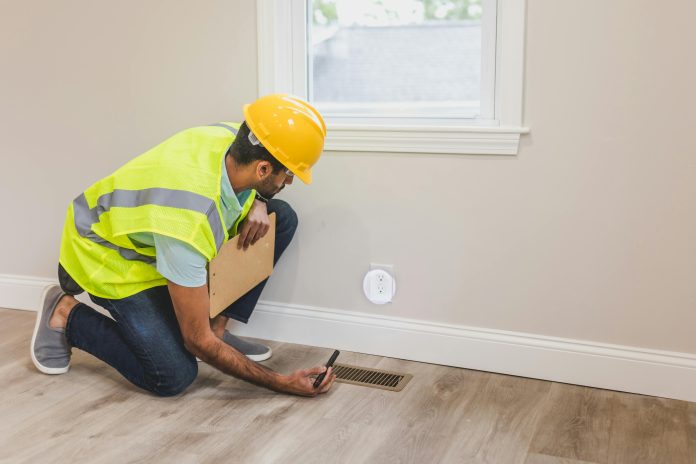Your home is more than just a shelter — it’s an investment in your future, a sanctuary for your family and a reflection of your commitment to sustainability. However, even the sturdiest houses aren’t immune to the ravages of time. The good news is that smart technology is here to help you extend the life span of your beloved abode, keeping it in tip-top shape while minimizing your environmental footprint.
The Slow Decline: What Ages a Home?
From peeling paint to creaking floors, aging is an inevitable part of a house’s life cycle. Moisture is a primary culprit, leading to mold, rot and rust. Temperature fluctuations cause materials to expand and contract, stressing everything from your foundation to your roof. Plus, the day-to-day wear and tear of living — scratches on hardwood floors, fading carpet colors and aging appliances — all contribute to a home’s gradual decline.
Smart Technology: The Anti-Aging Formula for Homes

Fortunately, smart technology can do more than just play your favorite tunes on command — it can actively protect and extend the life of your property. Here’s how you can leverage it.
Moisture Management: Smart Leak Detectors and Humidity Sensors

Water damage is one of the leading causes of long-term household deterioration. Leaky pipes, unnoticed roof leaks or excess humidity can lead to expensive repairs. Smart leak detectors are your first line of defense. These devices are installed in areas prone to water exposure — under sinks, around the water heater or near washing machines — and alert you to the slightest hint of moisture.
Pair these with smart humidity sensors, and you can monitor and manage the moisture levels throughout your property. If it’s too dry, you risk cracking wood and furniture. If it’s too humid, mold will be eager to make its debut. The sweet spot for indoor humidity is between 30%-50%, and these sensors can help you keep it that way.
Climate Control: Smart Thermostats and HVAC Monitors

Temperature fluctuations aren’t just uncomfortable — they can be destructive. Extreme cold can cause pipes to freeze and burst, while excessive heat can lead to the expansion and contraction of materials, weakening the structure over time. Enter the smart thermostat, your home’s climate control command center.
Smart thermostats learn your habits and adjust the temperature accordingly, ensuring your house stays within an optimal range without wasting energy. They can automatically maintain heating and air conditioning preferences, which can be controlled from your smartphone.
For the truly meticulous owner, HVAC monitors can track the health of your heating and cooling systems, alerting you to inefficiencies or potential failures before they become costly issues. Remember, regular HVAC system inspections are key to keeping them functioning optimally.
Structural Integrity: Smart Foundation Monitors and Vibration Sensors

Your home’s foundation is its backbone. Cracks, shifts and settling are all signs that it might be in trouble. Smart foundation monitors track movement and vibrations in real time, providing early warnings before a small crack becomes a big problem.
Just as your foundation requires vigilant care, other structural elements like garages need regular maintenance to ensure longevity. For instance, steel and aluminum garage doors can last 20-30 years, wood doors 15-20 years, and fiberglass or vinyl doors at least 15 years — potentially up to 30 with proper care.
Vibration sensors can also be installed on floors and walls to detect structural changes over time. These devices are especially useful in areas prone to earthquakes or heavy traffic, where constant vibrations can stress your property’s structure.
Energy Efficiency: Smart Lighting and Power Management

Old wiring, inefficient lighting and overworked outlets are more than just nuisances — they’re potential fire hazards that can also shorten the life of your home. Smart lighting systems can reduce your energy consumption and monitor the health of your electrical system. These technologies can alert you to power surges and wiring issues or even identify which devices are energy hogs so you can take action before a small spark evolves into a big problem.
Smart power strips and energy monitors can also extend the life span of your electronics by preventing them from drawing unnecessary power when not in use.
Future-Proofing Your Home
Extending the life span of your house is more than about slapping on some tech and calling it a day. It’s about adopting a sustainability mindset and investing in solutions that protect your space and reduce your environmental impact. Integrating smart technology into your maintenance routine extends your property’s life and contributes to a more sustainable future. Embrace the tech. Your home — and the planet — will thank you for it.









